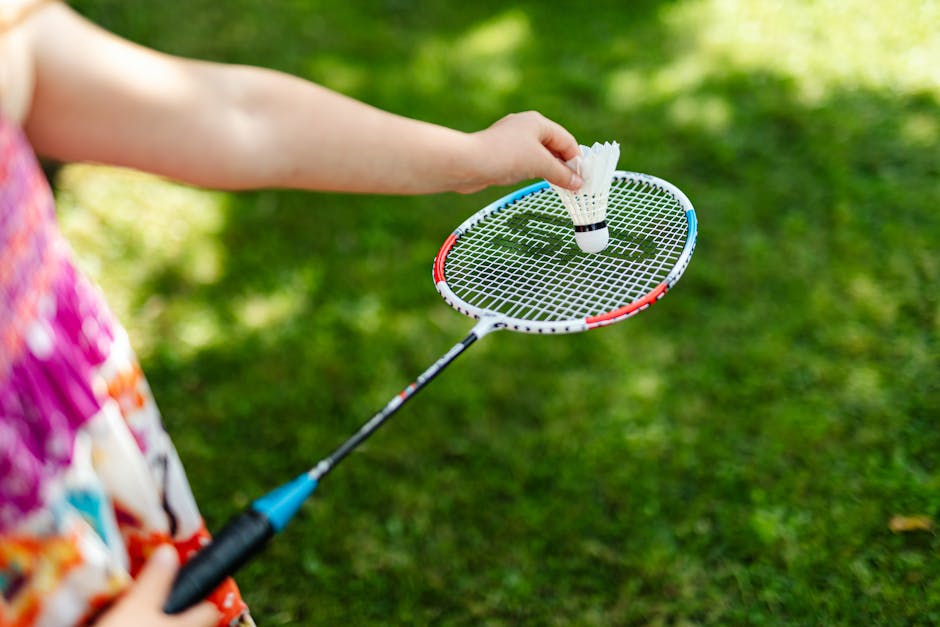Badminton, a sport of agility, strategy, and lightning-fast reflexes, requires the right equipment to truly excel. At the heart of this dynamic game lies the badminton racket, a tool that becomes an extension of the player's arm, translating skill and power into winning shots. Choosing the right racket can significantly impact your performance and enjoyment of the game, whether you're a seasoned pro or just starting your badminton journey.
There's a wide variety of rackets available, catering to different playing styles and skill levels. Understanding the key features and how they influence your game is crucial in making an informed decision. Factors like weight, balance point, shaft flexibility, and string tension all play a role in determining the racket's overall performance.
Weight is a primary consideration. Lighter rackets allow for quicker swings and better maneuverability, ideal for defensive players and beginners. Heavier rackets, on the other hand, generate more power, making them suitable for offensive players with strong wrists and forearms. Finding the right balance between speed and power is key.
The balance point of a racket influences its swing speed and power. Head-heavy rackets provide more power, while head-light rackets offer greater control and maneuverability. An even balance provides a compromise between the two, offering a blend of power and control.
Shaft flexibility also plays a significant role in racket performance. A flexible shaft allows for greater power generation, even with less powerful swings, while a stiff shaft offers more control and precision, particularly for advanced players. Choosing the right shaft flexibility depends on your playing style and skill level.
String tension is another crucial factor. Higher string tension provides more control but less power, while lower tension offers more power but less control. Finding the optimal tension for your playing style is essential for maximizing performance.
When choosing a badminton racket, consider your budget. Rackets range in price from affordable entry-level options to high-end professional models. While more expensive rackets often incorporate advanced materials and technologies, a suitable racket can be found at various price points.
Ultimately, the best way to choose a badminton racket is to try out different models and find one that feels comfortable and complements your playing style. Visit a sporting goods store and ask to demo a few rackets. Pay attention to how the racket feels in your hand, how easy it is to swing, and how much control and power you can generate. With the right racket in hand, you'll be well on your way to dominating the court.
